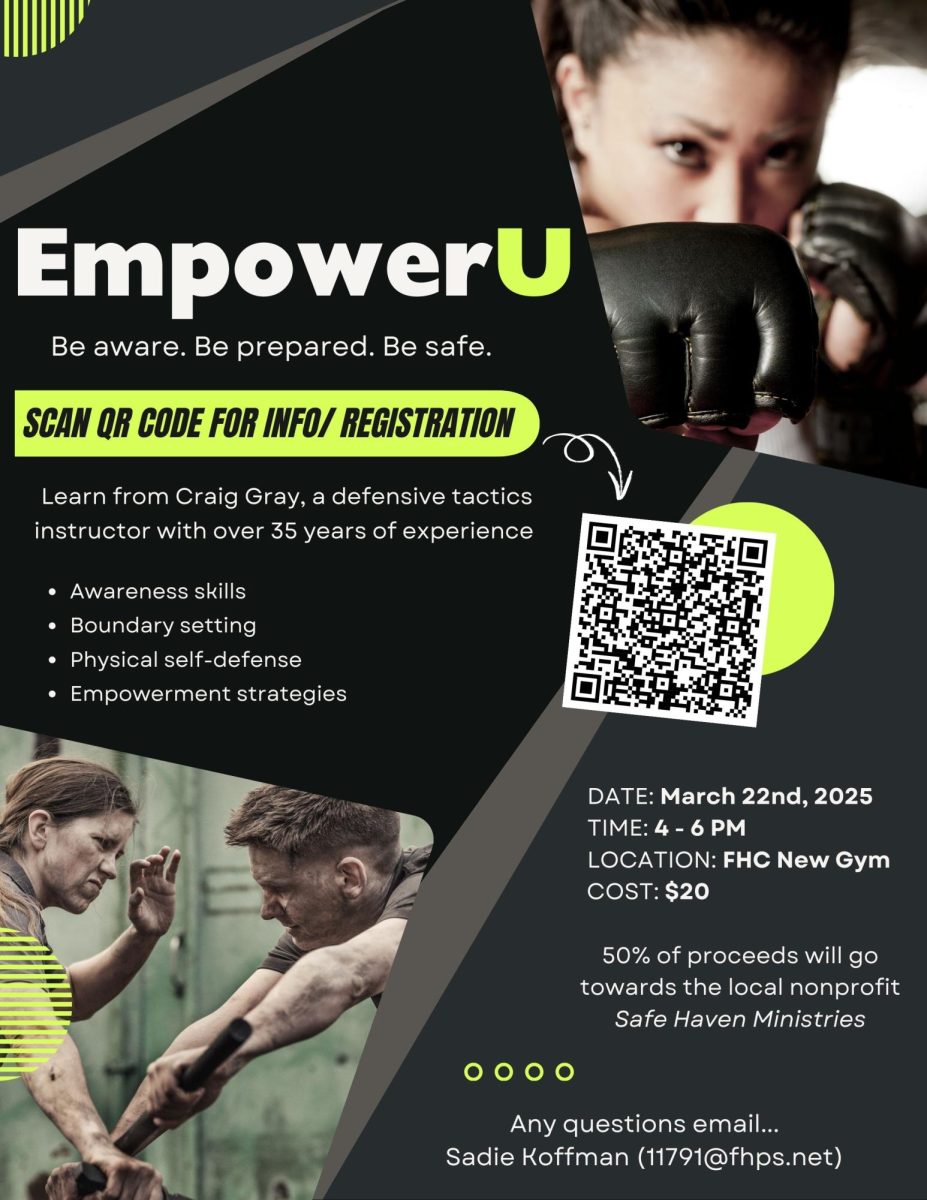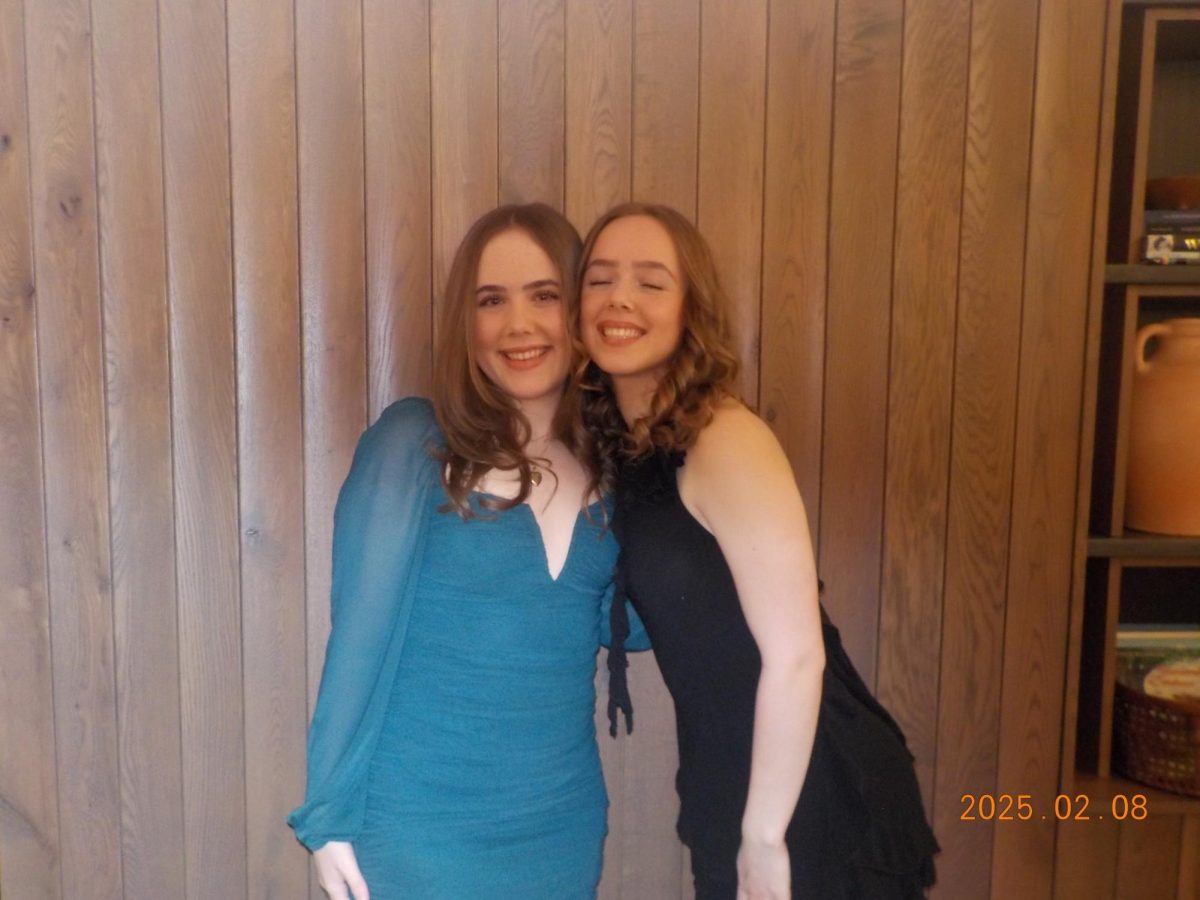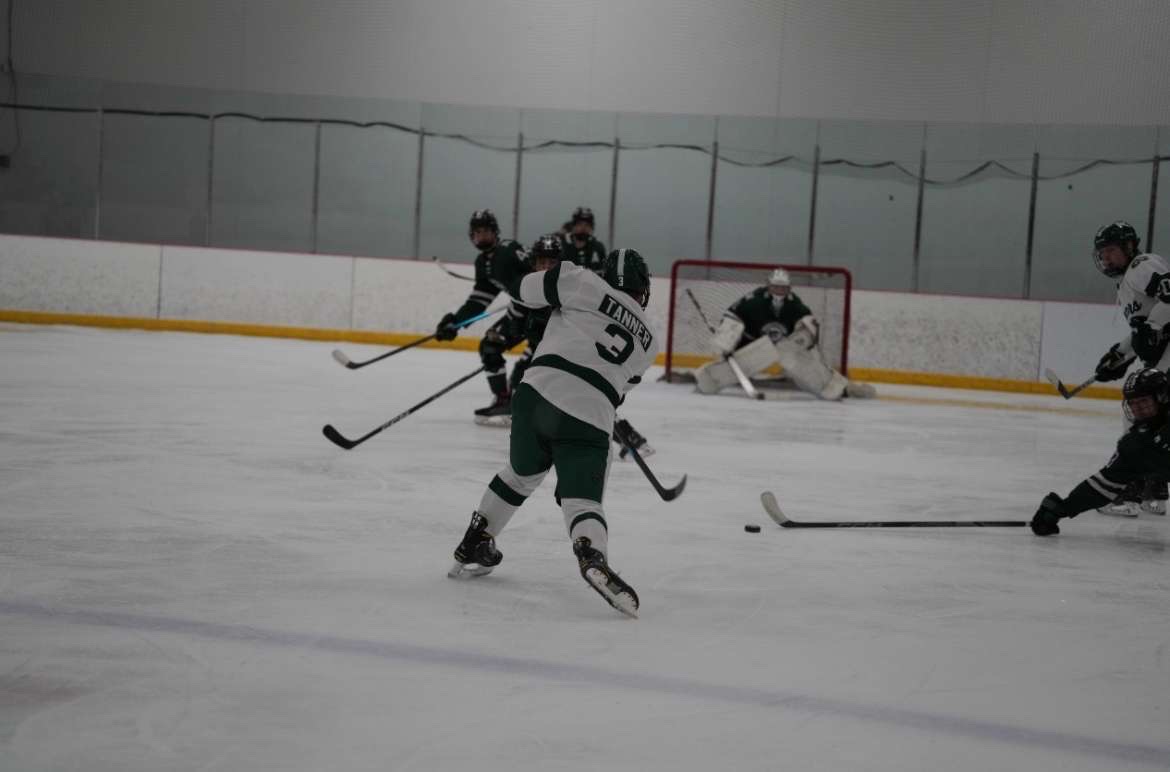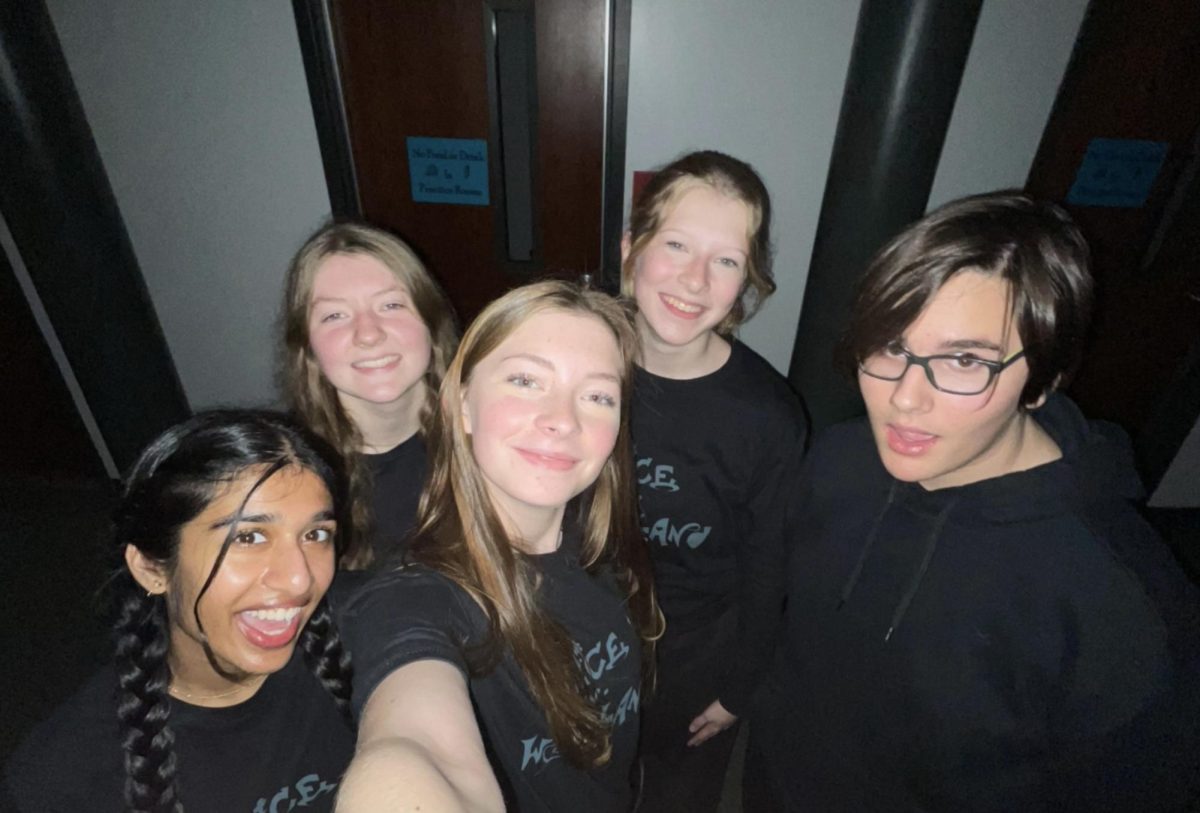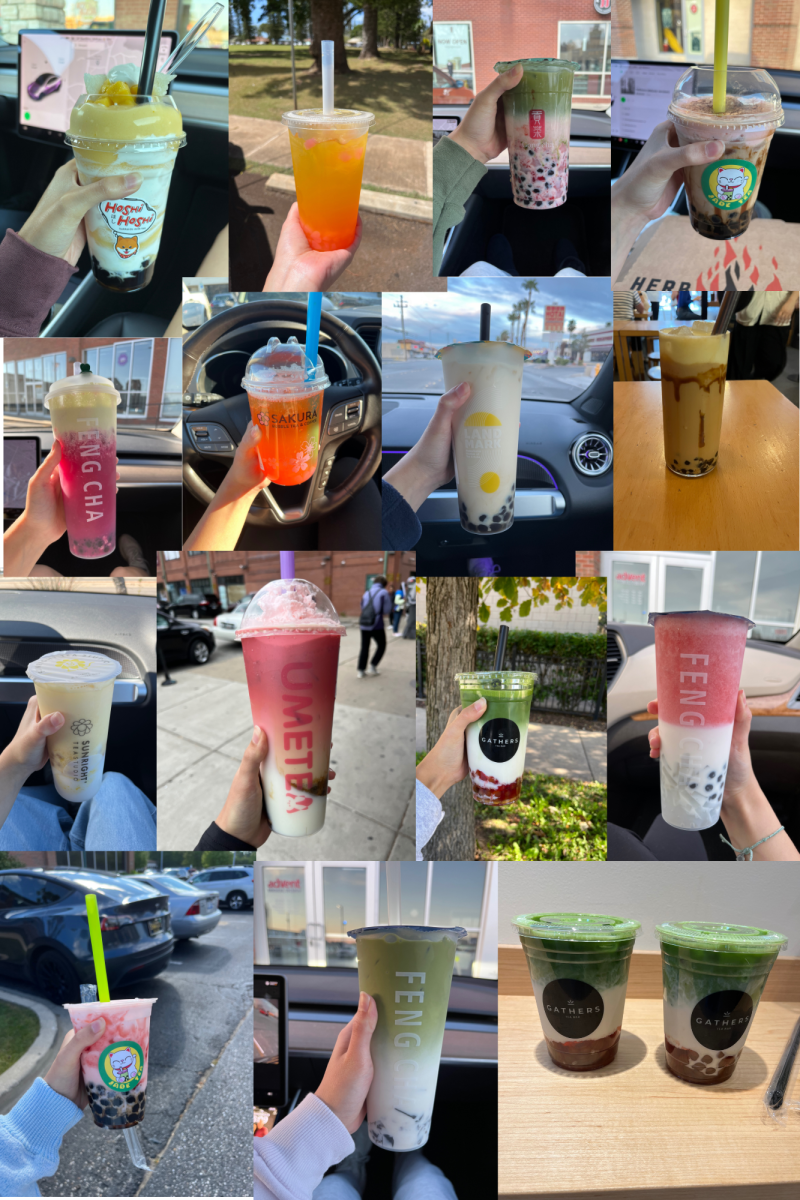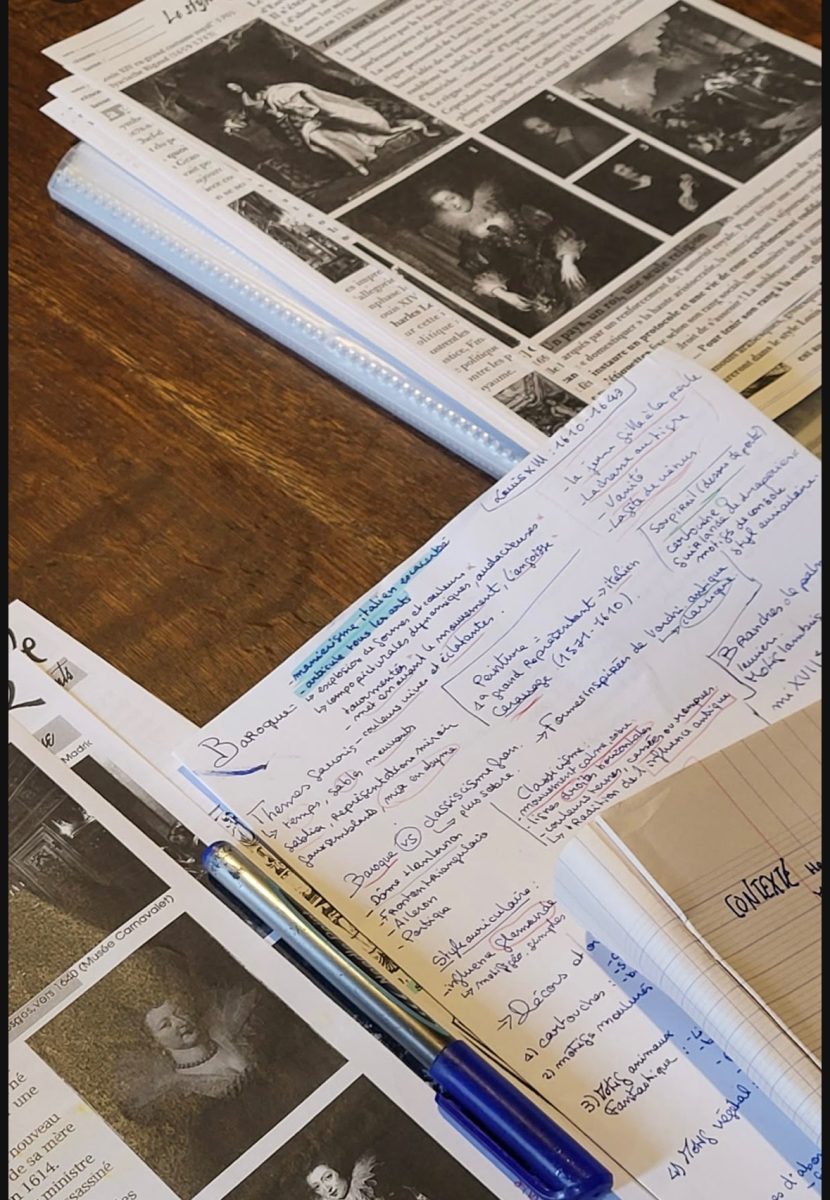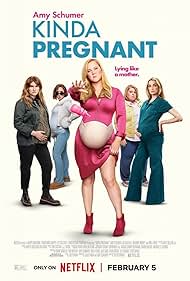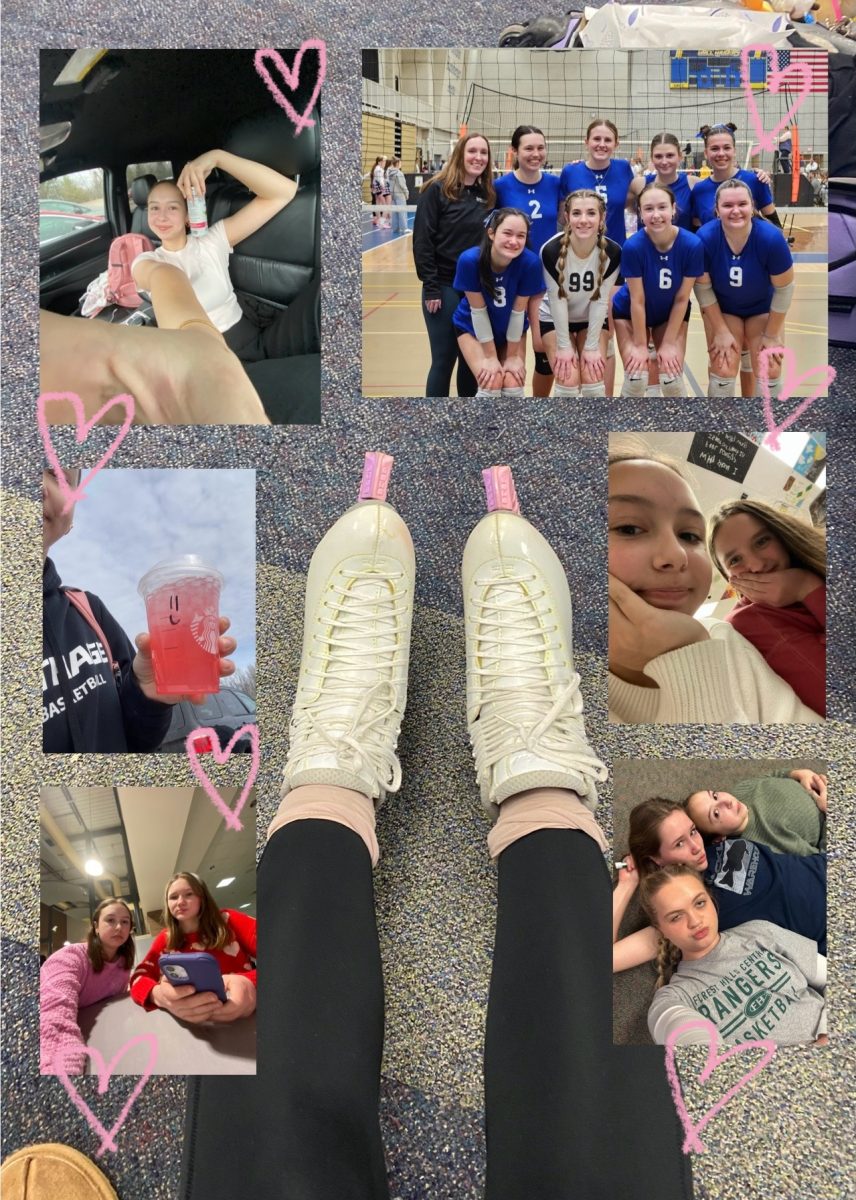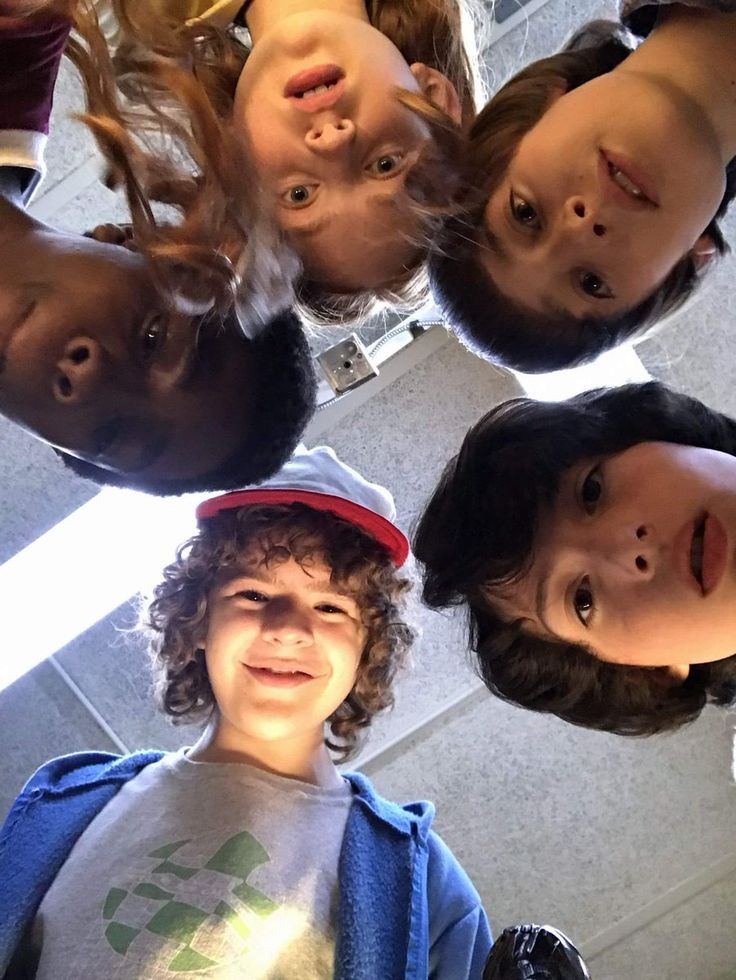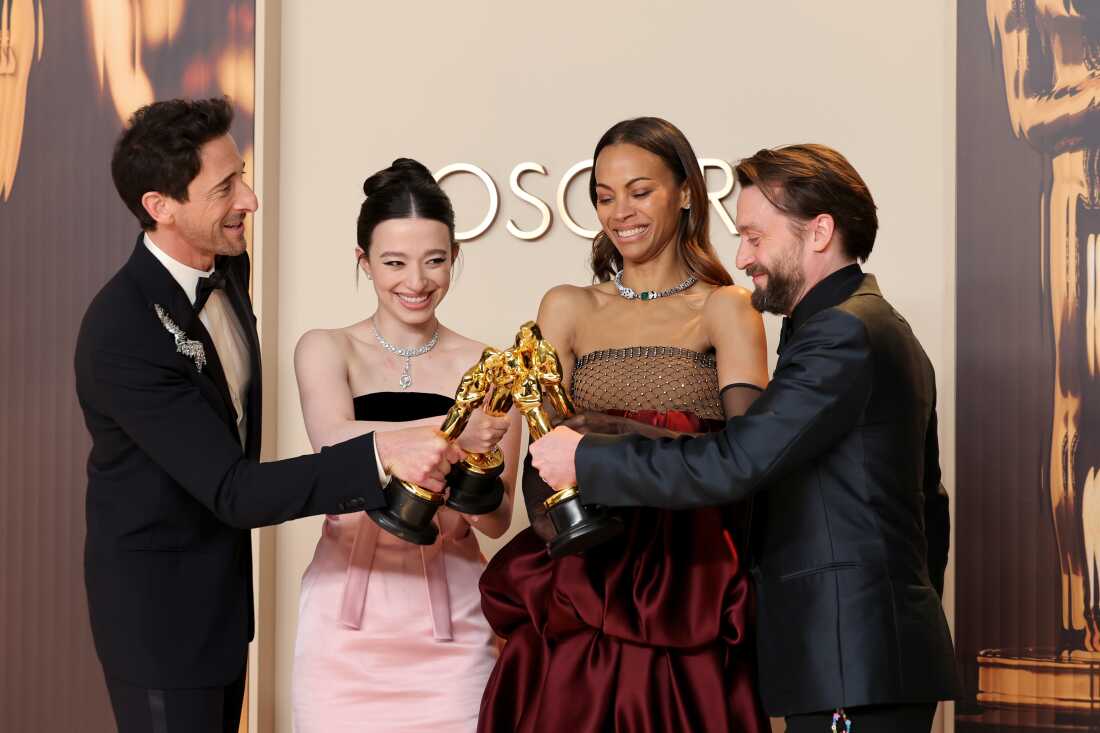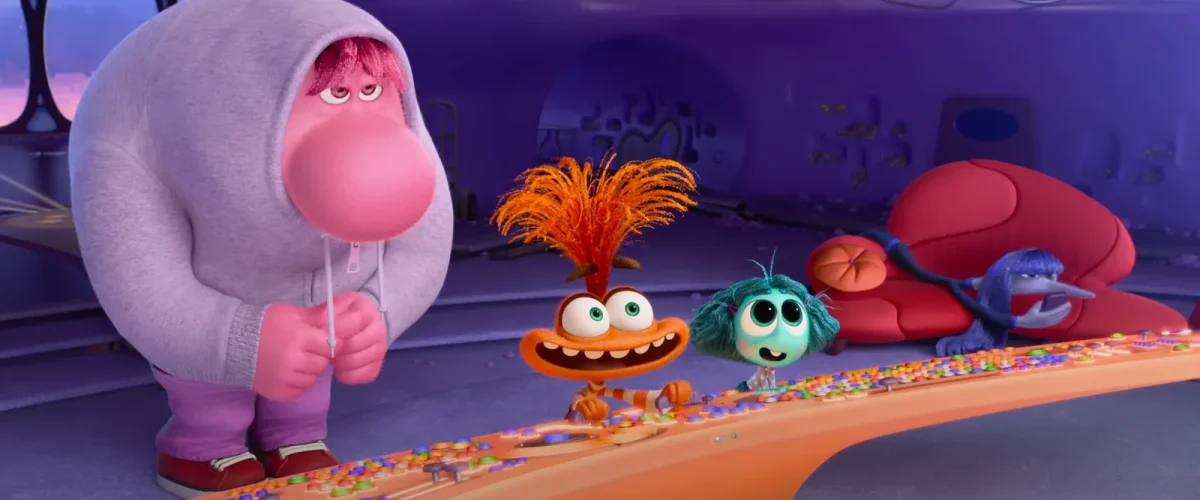Recently, Pixar’s popularity has been waning.
Elemental, Lightyear, Turning Red, and Luca—all Pixar films released in the past three years—have underperformed at the box office. Whether due to the increasing normalization of streaming platforms as places to watch movies, people growing intolerant of the rising prices at the movie theater, or otherwise, these recent Pixar animations have failed to drum up the same success as their predecessors.
Because of the advanced CGI production company’s downturn in popularity, Inside Out 2 has been determined to—hopefully—be Pixar’s saving grace. The original Inside Out, which was released in 2015, falls in place as the fifth highest-grossing Pixar movie of all time. Almost a decade ago, it brought in a global $850 million and became the second highest-grossing Pixar non-sequel film—falling only behind Finding Nemo.
Nine years later, understandably, Inside Out 2 is proclaimed by many to be the “film of the summer.” With such big shoes to fill, the 2024 sequel has been prized with little margin for error or criticism if it hopes to live up to the original’s legacy.
Having enjoyed the original Inside Out in my childhood, I, of course, wanted to go see its sequel in theaters. And, to sound like a Disney Adult, I also happened to go on opening day. Despite my friend telling me that advertisements for the movie had been ubiquitous in the months leading up to its release, I went in having only seen one preview, if even that. Going in blind, though not a purposeful move, was actually beneficial for me because I entered with minimal expectations for the film.
While the 2015 film focused on the inner workings of a young girl, Riley’s, mind—starring her emotions Joy, Sadness, Anger, Disgust, and Fear—the second film introduces a few new characters into the picture. As Riley stands on the brink of her first year of high school, she begins her journey into the new concept of puberty. Suddenly, Riley has to navigate the high-stakes conditions of hockey training camp while simultaneously dealing with a new cast of emotions: Anxiety, Envy, Embarrassment, and Ennui.
Anxiety, the film’s lead, had a somewhat frightening appearance. The character, who is voiced by Stranger Things star Maya Hawke, has an extremely wide mouth and similarly sizable eyes, making her look like a cross between a troll and a resident on Sesame Street. But, for a role meant to be the embodiment of anxiety, her appearance is likely just what the animators were aiming for.
Understandably, Anxiety quickly reveals herself as the main villain of Riley’s mind. Although she has Riley’s best interests at heart, her tactics to help the incoming freshman achieve her high school ambitions aren’t necessarily the most reliable. Naturally, as she takes over Riley’s “Headquarters,” Riley becomes increasingly torn from her belief system and drawn toward new moral standards. Many of Anxiety’s tactics and actions accurately reflect the same thinking process many pre-teens go through in real life, making Riley a generally relatable character.
However, not all of Riley’s new emotions were as harmful as Anxiety tended to be. The timid, but lovable, Embarrassment was a personal favorite of mine, for he came off as endearingly cute. He somewhat resembled an elephant or hippo with his larger physique and noticeable, rotund nose, making him the most adorable addition to the Inside Out bunch. Embarrassment fit in well with the five basic emotions, notably Sadness, due to his lack of self-confidence and the overall negativity he emitted.
Despite the introduction of Riley’s new feelings, the original lineup of emotions remains prominent in the film as well. They work together and stray from their two-dimensional, cookie-cutter personality traits, much more so than in the first movie. The emotions seem to express more feelings than just the singular one they are named after, which makes sense considering the movie would be pretty bland without any character development.
Overall, I found the best part of the movie to be the way the creators depicted Riley becoming a teenager through the inner workings of her mind. Throughout the film, many new, unseen-before areas and concepts were introduced, including the “Sar-chasm,” “The Stream of Consciousness,” and “Brainstorm.” While not all of Pixar’s clever references were specific to Riley’s adolescence, the movie brought in many humorous details for older audiences to catch, that younger ones might not.
Similarly, the film did an excellent job of showing how Riley is growing up and leaving her childhood behind. From the way that her voice changed, and she overthought most peer interactions, Riley became a character that most people can either relate to, could relate to at one time or another, or will eventually relate to.
While appealing to older audiences with the empathy it evokes and the clever jokes it includes, the movie exemplifies a true Pixar film with an overarching, digestible theme of staying true to oneself. Of course, in the traditional fashion of this monumental movie company, Inside Out 2 could also easily be described as cute, with its lovable animations and wholesome storyline.
Regardless of the age of the viewer, however, I believe that the movie kept watchers engaged and entertained. With drawn-out moments of suspense, leaving the audience wondering whether the characters on-screen will achieve their motives, it had quite a few nail-biting scenes—I mean this literally for some of the members of the opening day audience.
While Pixar may have been declining in popularity prior to Inside Out 2, it’s safe to say that the new film may just be the magic touch the company needs to pull itself into the limelight once again.






